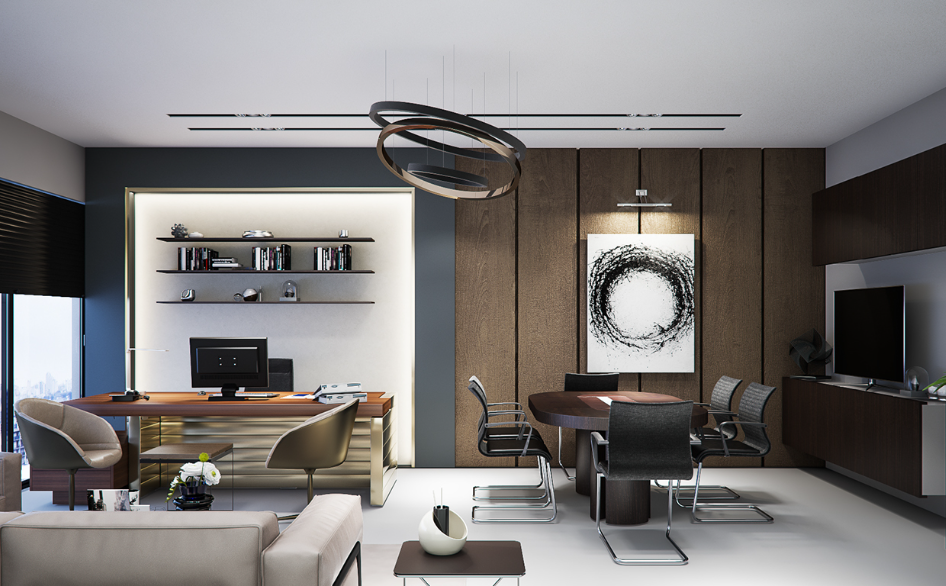Unlocking Productivity: Transform Your Office Layout for a Flexible Future
As an expert in office design, I’ve witnessed firsthand how modern offices design can dramatically enhance productivity and employee satisfaction. This post will explore the vast benefits of introducing flexibility into your office layout design and provide you with actionable steps to transform your workspace.
The Importance of Modern Office Design
The significance of modern office design cannot be overstated. It plays a pivotal role in boosting employee morale and efficiency. A well-thought-out design can promote collaboration, creativity, and flexibility—key components in today’s ever-evolving work environment. Recent studies have shown that companies that invest in flexible office designs see a marked improvement in employee productivity and job satisfaction.
Strategies for Office Layout Design
Creating a Flexible Workspace
A flexible office layout design is centered around adaptability. This might include movable furniture, open floor plans, and areas designated for collaboration or quiet work. Such a layout not only meets the current demands of your workforce but can also adjust to future changes, promoting a resilient work culture.
Actionable Tips for Optimization
To reconfigure your workspace for optimum flexibility, consider the following:
- Introduce modular furniture that can be easily reconfigured.
- Create zones for different types of work (collaboration, focus, relaxation).
- Ensure technology is integrated seamlessly, allowing for mobile and remote working.
By incorporating these elements into your office layout design, you’re crafting an environment that supports a variety of work styles and activities.
Case Studies and Success Stories
Many organizations have reaped the rewards of transitioning to a more flexible workspace. For instance, a tech company redesigned its office to feature open spaces and collaboration pods, resulting in a 40% increase in teamwork and a significant boost in overall productivity.
Conclusion
Optimizing your office layout for flexibility is more than a trend—it’s a strategic decision that can significantly affect your organization’s productivity and employee happiness. By following the tips and strategies discussed, you can create a workspace that not only meets the current needs of your employees but is also prepared for future challenges. We invite our readers to share their experiences or ask questions in the comments section below. Let’s revolutionize our workspaces together!





